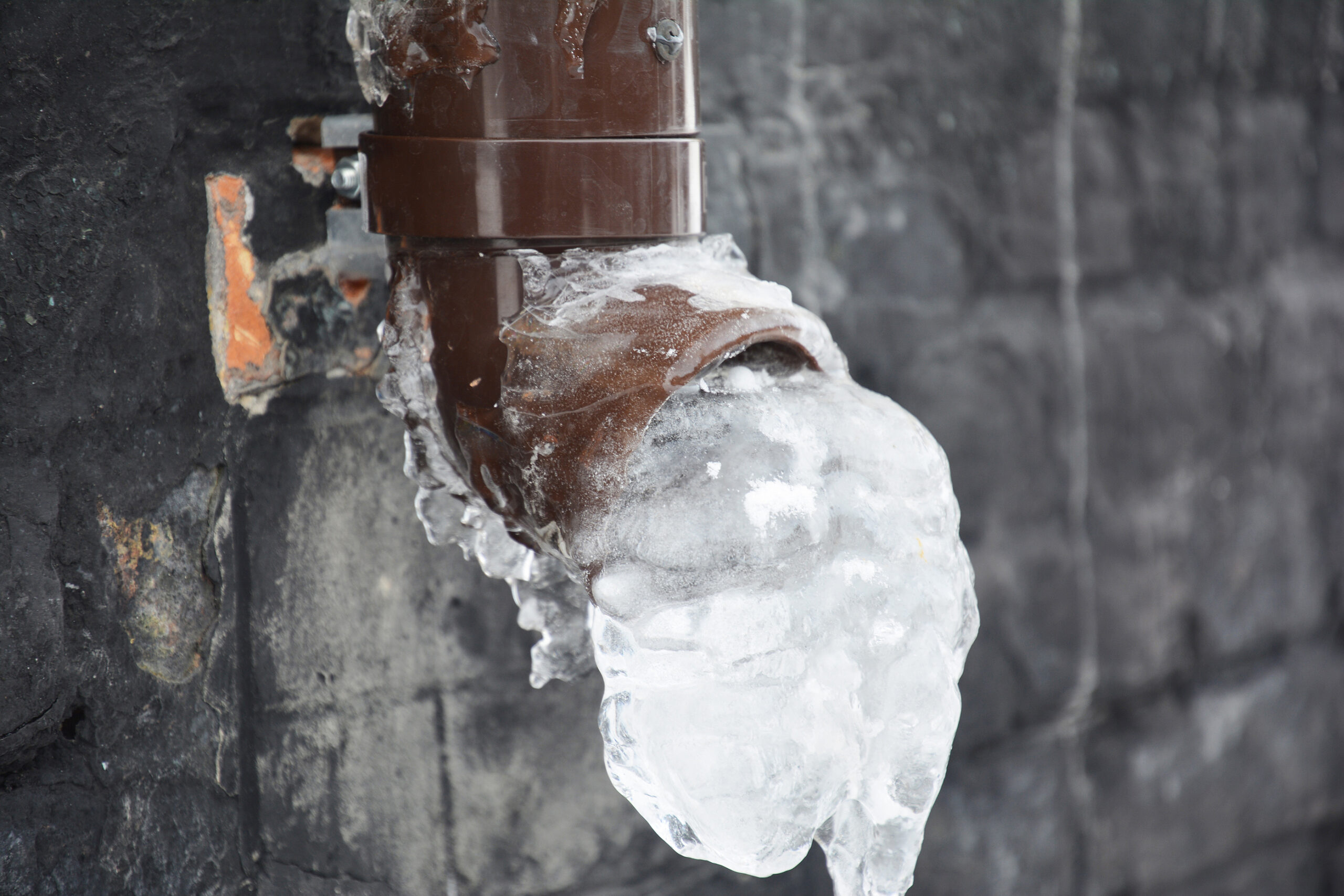What're your insights and beliefs on How To Avoid Freezing Pipes?

Cold weather can wreak havoc on your pipes, particularly by freezing pipelines. Right here's exactly how to prevent it from occurring and what to do if it does.
Introduction
As temperatures drop, the risk of icy pipes increases, potentially resulting in pricey repair services and water damage. Recognizing just how to prevent icy pipes is critical for home owners in cool environments.
Recognizing Icy Pipelines
What triggers pipes to ice up?
Pipes ice up when subjected to temperatures listed below 32 ° F (0 ° C) for expanded periods. As water inside the pipelines ices up, it increases, putting pressure on the pipeline walls and potentially causing them to rupture.
Risks and damages
Frozen pipelines can lead to water supply disruptions, building damages, and expensive repair work. Burst pipelines can flood homes and trigger comprehensive structural damage.
Indicators of Frozen Water Lines
Identifying icy pipes early can avoid them from rupturing.
Just how to determine icy pipes
Try to find lowered water circulation from faucets, uncommon odors or noises from pipes, and visible frost on revealed pipes.
Prevention Tips
Protecting at risk pipelines
Cover pipelines in insulation sleeves or utilize warmth tape to protect them from freezing temperature levels. Focus on pipelines in unheated or exterior areas of the home.
Heating strategies
Maintain indoor rooms sufficiently warmed, especially areas with pipes. Open closet doors to allow warm air to circulate around pipes under sinks.
Shielding Outdoor Plumbing
Yard hoses and outdoor taps
Disconnect and drain garden hose pipes before winter. Mount frost-proof spigots or cover outdoor faucets with protected caps.
What to Do If Your Pipes Freeze
Immediate actions to take
If you think frozen pipes, keep faucets open to soothe pressure as the ice thaws. Make use of a hairdryer or towels taken in warm water to thaw pipes slowly.
Long-Term Solutions
Architectural changes
Think about rerouting pipes away from exterior wall surfaces or unheated areas. Add additional insulation to attics, basements, and crawl spaces.
Updating insulation
Invest in high-quality insulation for pipelines, attics, and walls. Correct insulation assists keep regular temperatures and minimizes the risk of icy pipelines.
Conclusion
Stopping icy pipelines calls for proactive steps and quick actions. By understanding the causes, indications, and safety nets, home owners can shield their pipes throughout winter.
5 Ways to Prevent Frozen Pipes
Drain Outdoor Faucets and Disconnect Hoses
First, close the shut-off valve that controls the flow of water in the pipe to your outdoor faucet. Then, head outside to disconnect and drain your hose and open the outdoor faucet to allow the water to completely drain out of the line. Turn off the faucet when done. Finally, head back to the shut-off valve and drain the remaining water inside the pipe into a bucket or container. Additionally, if you have a home irrigation system, you should consider hiring an expert to clear the system of water each year.
Insulate Pipes
One of the best and most cost-effective methods for preventing frozen water pipes is to wrap your pipes with insulation. This is especially important for areas in your home that aren’t exposed to heat, such as an attic. We suggest using foam sleeves, which can typically be found at your local hardware store.
Keep Heat Running at 65
Your pipes are located inside your walls, and the temperature there is much colder than the rest of the house. To prevent your pipes from freezing, The Insurance Information Institute suggests that you keep your home heated to at least 65 degrees, even when traveling. You may want to invest in smart devices that can keep an eye on the temperature in your home while you’re away.
Leave Water Dripping
Moving water — even a small trickle — can prevent ice from forming inside your pipes. When freezing temps are imminent, start a drip of water from all faucets that serve exposed pipes. Leaving a few faucets running will also help relieve pressure inside the pipes and help prevent a rupture if the water inside freezes.
Open Cupboard Doors
Warm your kitchen and bathroom pipes by opening cupboards and vanities. You should also leave your interior doors ajar to help warm air circulate evenly throughout your home.

I was shown that report about Helpful Tips to Prevent Frozen Pipes this Winter from an acquaintance on another web address. I beg you pause to promote this page if you enjoyed reading it. Thanks a lot for your time. Kindly check up our site back soon.
Call Today